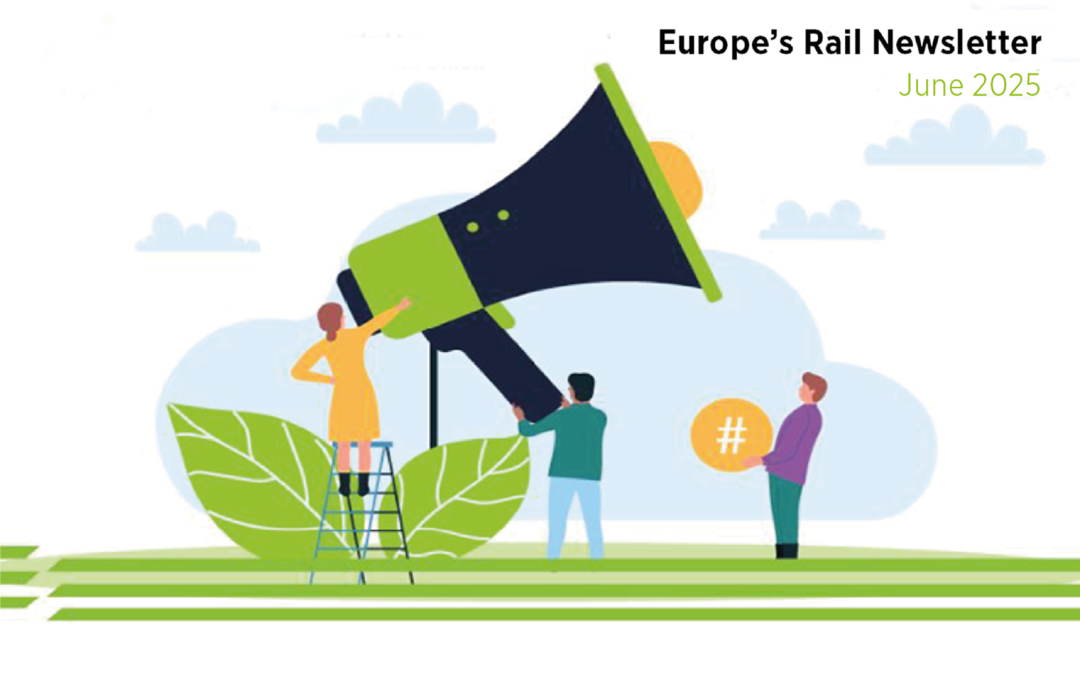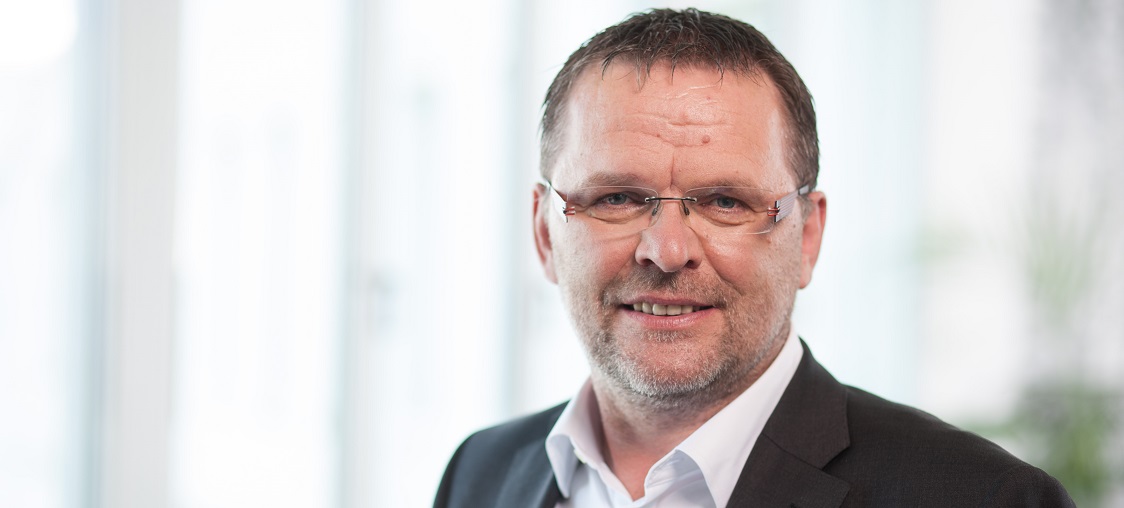The June 2025 edition of the EU-Rail Newsletter is live, bringing you the latest updates from across the rail sector....


Reducing CO2 emissions in the European Union by 80 percent until 2050 – this is one of the ambitious goals of the European Commission. How to reach that if not with railway as a backbone of transport? Clearly, rail has the lowest share of EU transport CO2 emissions with only 1.5 percent. That is why we have to invest in its future development, and that is why I strongly support the approach to combine European research activities, as we have been doing in the Shift2Rail Joint Undertaking in the last four years. In a globalised world, transportation does not stop at national borders —neither can key technologies for a railway system be advanced nationally or by single companies.
I can clearly say that the S2R JU has exceeded my expectations and has greatly furthered Siemens’ research interests. In the beginning, we were a bit reluctant, as were the other members: Industry players who are competitors encounter suppliers and operators alike – who will be the first to put the cards on the table? Will an open knowledge transfer be possible at all? However, these hesitations were quickly overcome. Now, I treasure the great candour and trust between all parties in our cooperation. Some of our Siemens representatives meet their S2R colleagues almost every week.
Within S2R, Siemens has a chance to participate in innovation programmes that aim at contributing to the overall EU targets – like emission reduction – but also tackle overall challenges for rail transport. For example, in the PINTA research project, Siemens is working with other stakeholders on a traction converter that can double performance and that way increase energy efficiency —one of the most important goals for the railway of the future.
I believe that Siemens’ most important contribution to the JU is our perspective: As an integrated mobility service provider, we do not only have rail on our portfolio, but offer solutions for all modes of transportation. The year 2018 was called out from the EU as “Year of Multimodality“. Accordingly, S2R focuses on interdisciplinary research, as the new S2R claim states: “Railway of the future is a backbone of public transport in a multimodal context.” Developments like Mobility-as-a-Service require new technologies that create interfaces for a multimodal, seamless travel experience. In the CONNECTA innovation project, we collaborate with manufacturers like Bombardier and CAF to develop a communication interface between vehicles and infrastructure – a key technology to connect trains and trams. Whereas this solution aims at a better vehicle control system, I believe such interfaces can build the basis for communication between modalities, too.
In addition to collaborating with S2R members within such projects, I appreciate that the undertaking goes beyond its own stakeholders in the “open calls” projects where everyone can participate. After all, 30 percent of the funds are invested there. The PIVOT research project evolved from such an open call, and Siemens participates to further the “cabin of the future”. This is highly important with regard to the migration to assisted and, ultimately, autonomous driving —a cornerstone on our way to the automatisation of the entire railway system.
Automated driving is also the ultimate goal of another S2R research initiative: For the X2Rail-x project, we develop eleven key technologies to foster innovations in the field of railway signalling and automation systems. Some of the signalling technologies that we develop are already in the testing phase —together, we are laying the ground for a longer-term move towards driverless railway operation.
Projects like these make the S2R initiative extremely valuable to us manufacturers – nowhere else we have the opportunity to collaborate so closely with competitors, customers and the European institutions. S2R should definitely continue beyond 2020 because most of our projects are long-term investments that will only make an impact after a few years. To me, the only way to reach competitiveness and global leadership for the European transport industry is a trustful collaboration of all stakeholders.
Roland Edel, Chief Technology Officer (CTO), Siemens Mobility Division